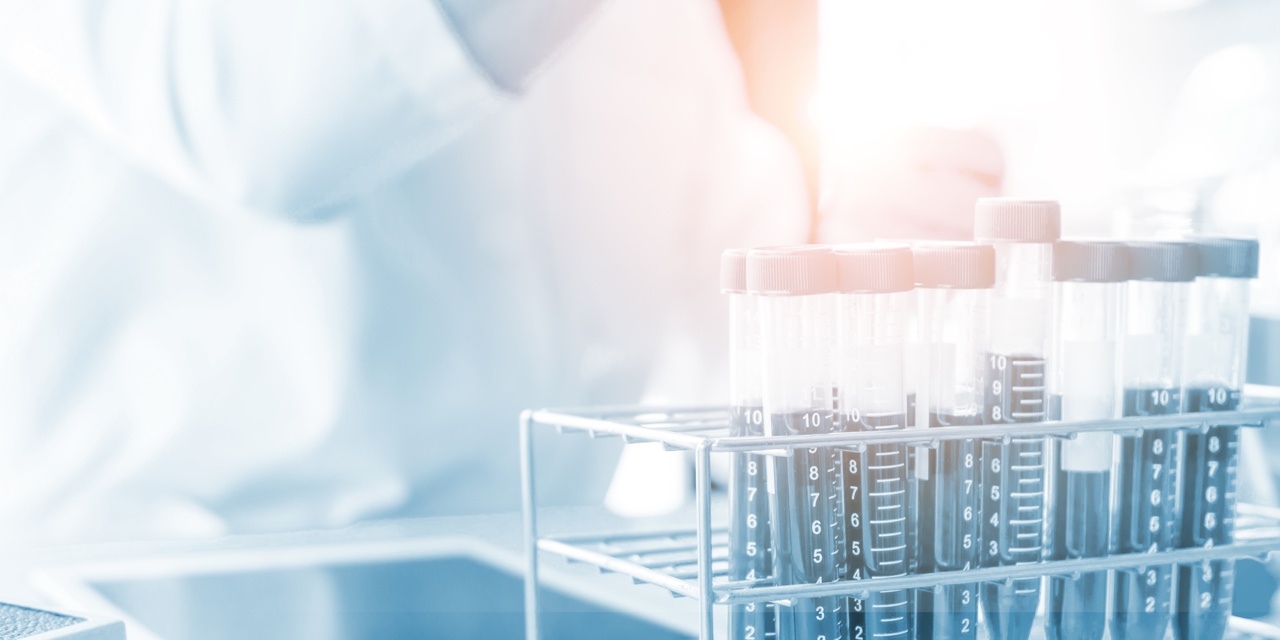Pesquisador Vinculado
Graduação em Ciências da Computação (UNICAMP); Mestrado em Engenharia Elétrica/Engenharia Biomédica (FEEC/UNICAMP) e Doutorado em Engenharia Elétrica/Engenharia Biomédica (FEEC/UNICAMP)
Estágios de pós-doutorado em University of California-Riverside, EUA (2 anos) e Loyola University Chicago (2 anos)
Engenharia Biomédica/Bioengenharia
Biofísica celular/Eletrofisiologia ➠ Fisiologia Cardiovascular ➠ Engenharia Biomédica/Engenharia Clínica ➠ Gestão de Tecnologia Médica

(19) 3521-9287
bassani@unicamp.br, bassani@ceb.unicamp.br
Oshiyama NF, Pereira AHM, Cardoso AC, Franchini KG, Bassani JWM, Bassani RA (2022). Developmental differences in myocardial transmembrane Na+ transport: implications for excitability and Na+ handling. J Physiol 600: 2651-2667, 2022 (doi: 10.1113/JP282661)
Silva RR, Souza Filho OB, Bassani JWM, Bassani RA (2021). The ForceLab simulator: application to the comparison of current models of cardiomyocyte contraction. Comp Biol Med 131; article 104240 (doi: 10.1016/j.compbiomed.2021.104240).
Milan HFM, Bassani RA, Santos LEC, Almeida ACG, Bassani JWM (2019). Accuracy of electromagnetic models to estimate cardiomyocyte membrane polarization. Med Biol Eng Comp 57: 2617-2627 (doi: 10.1007/s11517-019-02054-2).
Fim Neto A, Bassani RA, Oliveira PX, Bassani JWM. (2019). BugHeart: software for online monitoring and quantitation of contractile activity of the insect heart. Res Biomed Eng 35: 235-240 (doi: 10.1007/s42600-019-00026-x).
Fim Neto A, Bassani RA, Oliveira PX, Bassani JWM. (2018). Sources of Ca2+ for contraction of the heart tube of Tenebrio molitor (Coleoptera: Tenebrionidae). J Comp Physiol B 188: 929-937 (doi: 10.1007/s00360-018-1183-0).
De Almeida JCM; D’Ancona CAL; Bassani JWM (2017). Minimally invasive measurement of vesical pressure for diagnosis of infravesical obstruction. Neurology and urodynamics, 7: 1-5. https://doi.org/10.1002/nau.23366.
No LabNECC, se estuda, em espécies animais diferentes incluindo invertebrados e humanos, a atividade elétrica e contrátil de preparações miocárdicas e outros tipos celulares (células cardíacas e de músculo esquelético isolados, tecido nervoso, culturas celulares).
No LNGTS a preocupação é a gestão da tecnologia instalada nos estabelecimentos assistenciais de saúde, em particular da rede pública de saúde brasileira. Produzimos a ferramenta de gestão (software GETS) e orientação quanto a sua utilização.
